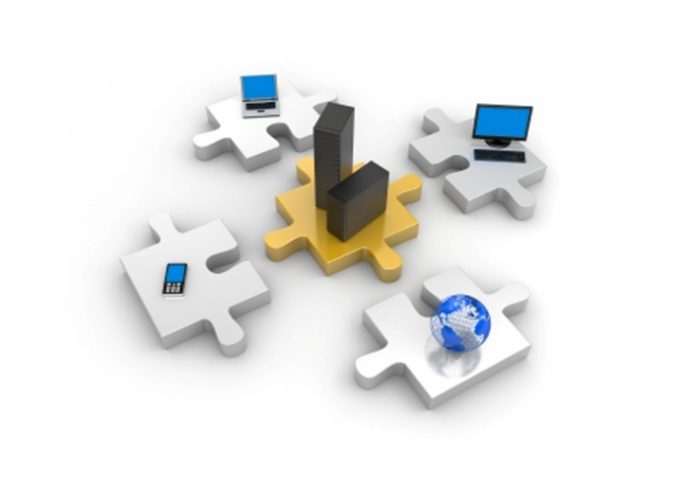The hardware and software of tape storage trials
There’s no such thing as a data solution that works perfectly, every time, right from the start. Even with tried and true tools like backup tape management and archive data solutions, there can still be issues with the physical and digital layouts that make it hard to execute optimal efficiency in these environments.
Here’s what to look for on the hardware and software sides to make sure things are running smoothly:
Hardware headache
While it’s true that tape storage is now available in units of up to 10TB per cartridge, size isn’t everything. Lifehacker pointed out that any device that’s not properly cared for can self-destruct or be destroyed with ease, no matter how new or impressive it may be.
Specifically, the source pointed out that tape itself is made up of plastics and binding agents that oxidize in order to store content. The trouble is, when these devices aren’t properly climate controlled, these bindings can begin to wear out, resulting in tape simply shedding its data. This stiction can compile in ways that clog and destroy an entire cartridge, rendering all of its files unreadable.
Backup tape management plays a critical role in ensuring that cartridges are cared for correctly. By continually monitoring these devices and constantly maintaining appropriate storage conditions, tapes can prove a durable and robust long-term storage medium.
Software situations
Of course, software solutions can be implemented inappropriately as easily as hardware iterations. It’s important that companies learn how to optimize their data centers through backup tape management and archive storage software before something bad has the chance to happen.
Enterprise Storage Forum detailed that creating software-defined storage can help create a unified, higher-level management experience. Yet the complexity of these tools may make it difficult for firms to find the specific content they require, let alone implement the kind of tape-level tracking that’s necessary for avoiding hardware concerns. As workloads continue to get bigger and more complex, so too is the sprawl of these resources growing as well. The end result is an unwieldy infrastructure rife with mismanagement and lack of oversight.
It’s important to implement appropriate hardware and software maintenance at all times in order to avoid these problems. The end result is a far safer, more compliant operational environment that benefits organizations and data systems alike.

